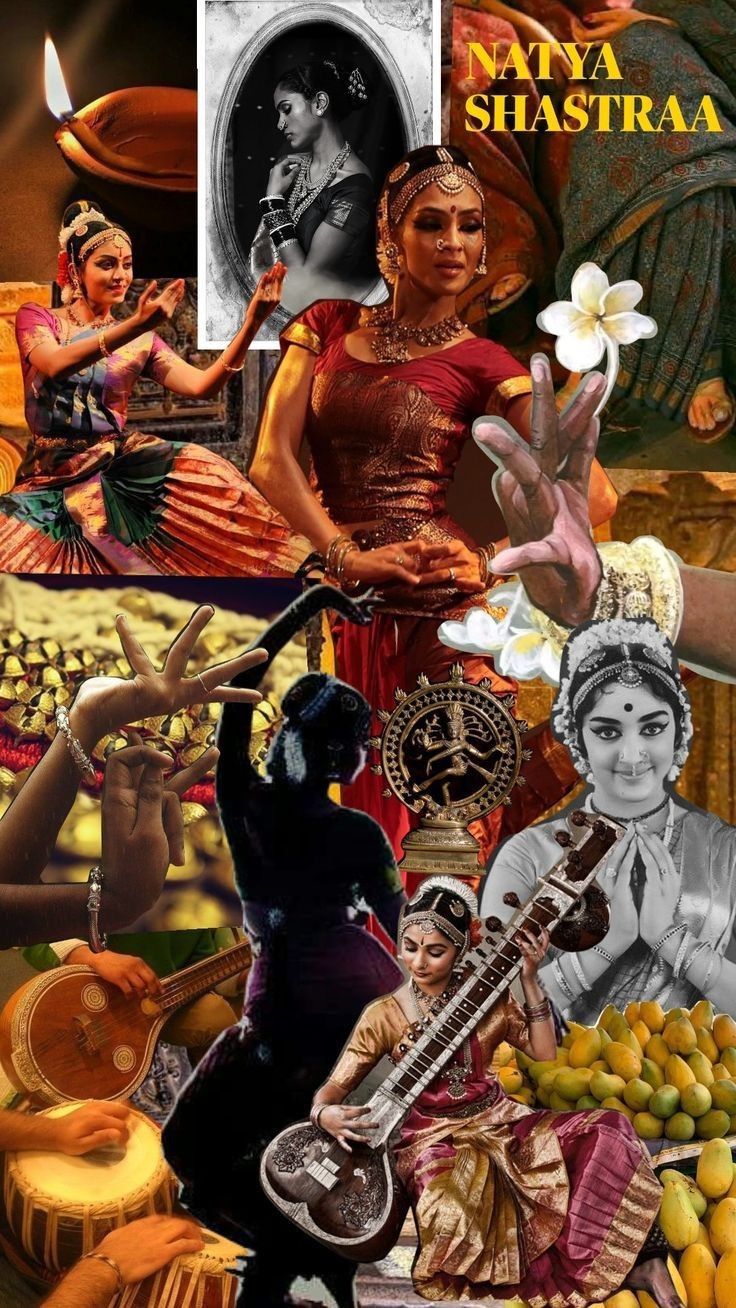About the Classical Dance Conclave
Join us for an enchanting journey into the rich world of Indian classical dance. The Classical Dance Conclave 2025, hosted by Art Culture Festival, will bring together passionate performers and art lovers from across the region to celebrate our timeless cultural heritage.

5th July 2025
11:00 AM to 4:30 PM
D-49, Defence Colony, New Delhi
₹500 per participant (after selection)
Max 5 members per group allowed
D-49, Defence Colony
New Delhi: 110024